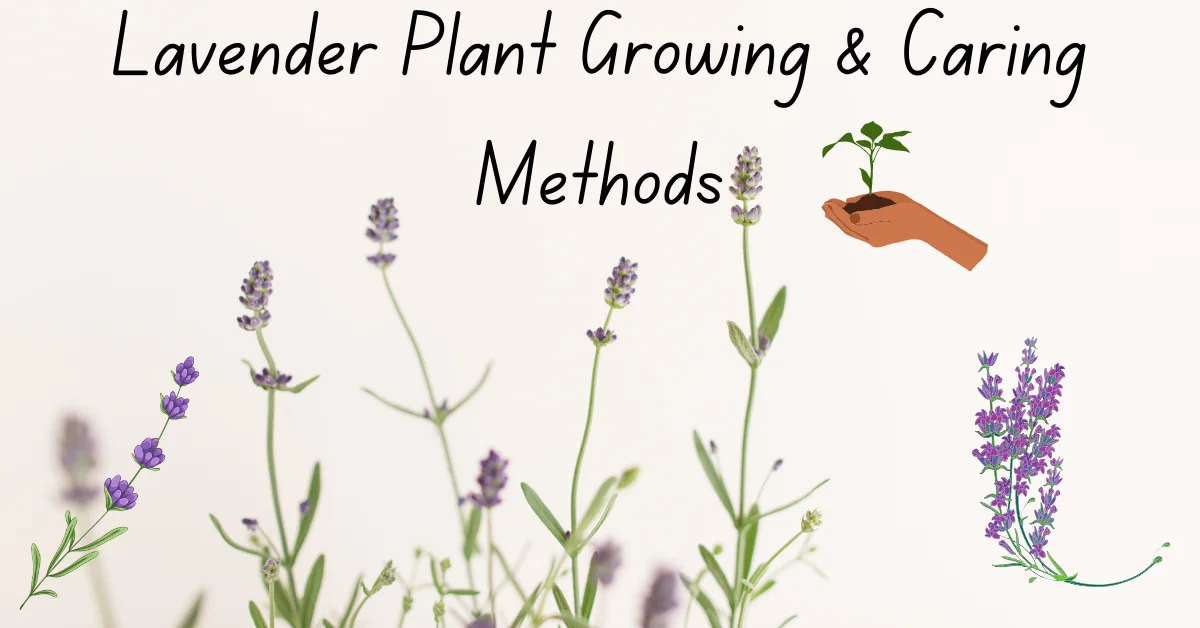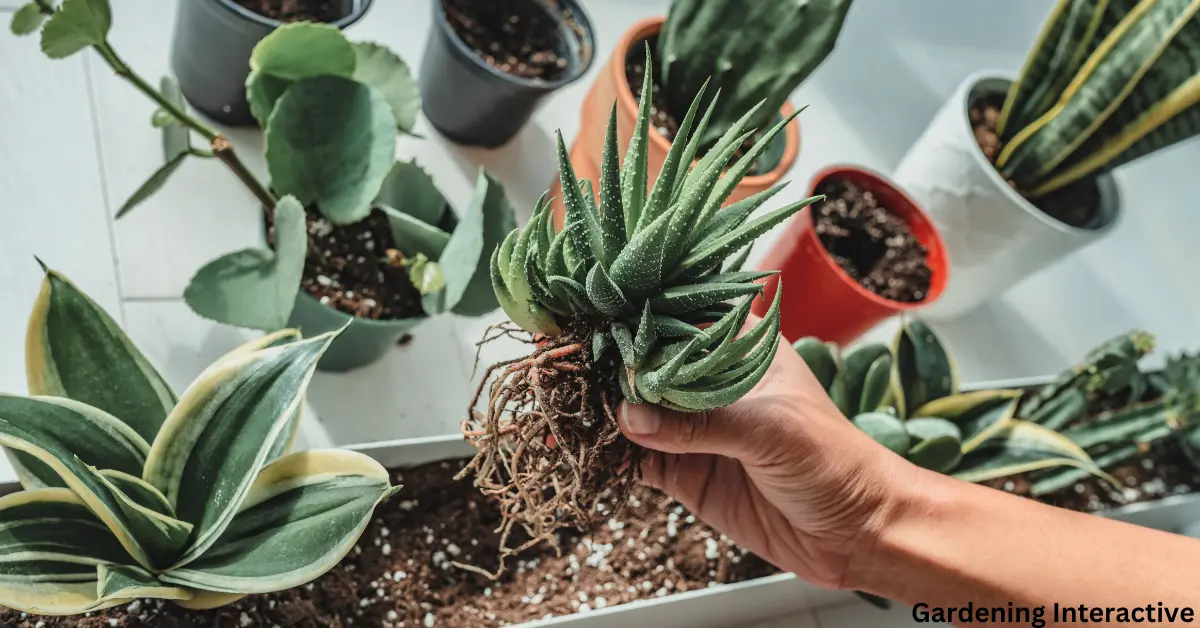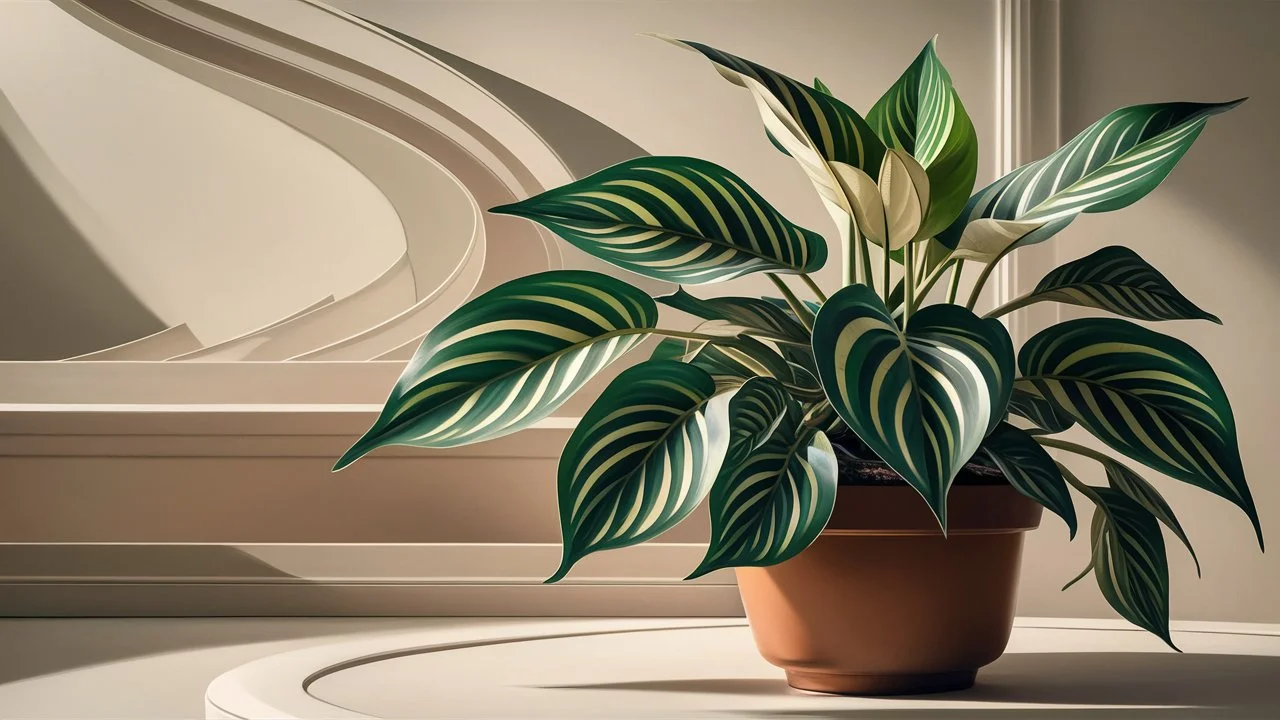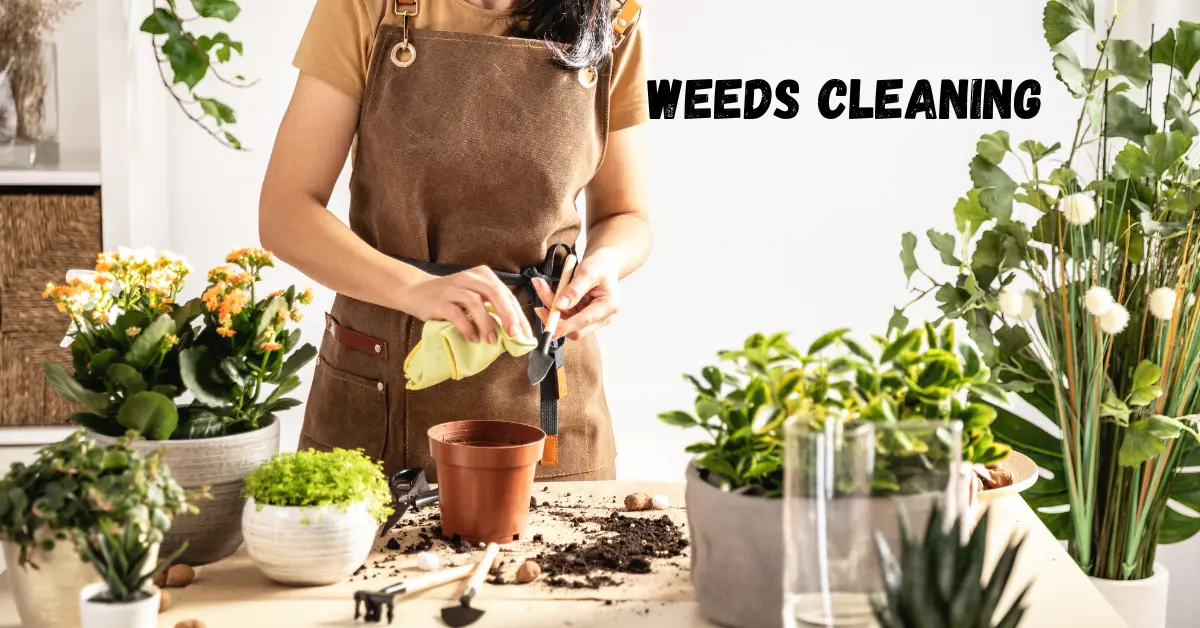
Lavender Plants Indoor: The Ultimate Growing and Care Guide
- Mitford Rakib
- March 26, 2024
- Indoor plants, Plants, propagation method
- 0 Comments
A manual to lavender plants growing indoors, easy to follow the steps.
Intro:
Let’s start the wonderful beginning to indoor gardening for planting and caring for famous Lavender plants. The refreshing scent of the lavender can fill your home with a great atmosphere and charming place. If you grow this plant indoors it can be quite rewarding that beginners can learn with easy to follow the steps process. In this article, I’m here to advise you about this beautiful plant’s entire process from selecting the proper soil to dealing with the challenging pests and confirming your lavender to flourish on a high note.
1. Selecting Proper Soil: The Base for Success
Lavender plants need well-draining soil so that the water can be drained from the pot. Combining the mixture of 1 portion of potting soil and with perlite and 1 portion of sand to increase the drainage system. These lavender plants have a demand of slight alkaline soil, so by adding this element and lime can be a help of balancing the ideal pH level. The saved water in the roots can cause root rot. It’s a common issue, so prevent extra watering.
Read More…
2. Choosing the Perfect Pot size and Placing: Lavender’s Personal Space
Lavender plants prefer a bit of private space, so, after selecting the pot with a good drainage system with some holes and enough space for the roots to spread. For a single lavender plant, a pot with a diameter of 12 to 16 inches works well. Lavender prefers to spend at least 6 to 8 hours a day in the sun, so place the pot in a brightly lit spot. Growing lavender is greatly enhanced by a location beneath a grow light or by a window facing south.
3. Lavender plants care: An Easy Step
Lavender plants don’t need that much care, but a few steps of caring can make a huge difference. You need to water the lavender plant sparingly and also give the topsoil of the pot to dry out after every watering term. Remember overwatering can be harmful to any plants, lavender is also a kind of them. It’s a common mistake every gardener makes. Provide the lavender plant with a balanced fertilizer every 4-6 weeks. This promotes healthy growth of this plant.
4. Challenging Pests: Keeping away the Unwanted Guests
Lavender plants are quite resistant to pests. Also the pests can damage the plants cool and peaceful vibe. Watch out for the typical pests found in common indoor gardens, like spider mites and aphids. You can use neem oil or a little mist of soapy water to get rid of these pests. Balancing a healthy indoor garden requires routine check up for lavender for any indications of problems and taking quick action to solve the matter as soon as possible.
5. Watering: Finding the Right Balance
Lavender plants can survive in drought conditions, so it’s very important not to water them too much. Allowing the top part of the soil level inside the pot in a dry state is a good sign for the plant. The watering routine is very crucial, because the lower part of the plant where the roots are situated can rot due to over watering. So, It should have a balance on a proper watering system.
6. Required Sunlight: Lavender & Sun’s Relation
Since Lavender is a sunlight dependent plant, it requires enough sunshine to flourish itself. Your pot should receive six to eight hours of sunlight per day, so place it in a sunny position. Consider adding a grow light as a supplement if your house doesn’t receive enough natural light.
7. Pets and Lavender: A True Harmony
Lavender is normally a pet-friendly plant, but it’s good to watch out for your pets’ interactions with the plant. Curiosity may lead some animals to chew on the leaves, which might upset their stomachs. If your pets are curious, either put the lavender somewhere out of their reach or use a barrier to keep them out.
Ending Note:
Not only growing lavender plants but also growing any kind of plants indoors is a delightful feeling. Starting from selecting the right place, soil preparation, pest control, pot size and daily care routine this plant can flourish in your indoor area greatly. Hope you can get the fragrance of refreshment soon from the plant by following the steps above mentioned. Cheers to your indoor gardening!
Frequently Asked Questions (FAQ):
Q: Why is well-draining soil needed for Lavender plants?
A: Well-draining soil is similar to the natural habitat of lavender plants, which are native to the Mediterranean region. It guarantees a healthier and more robust lavender plant by preventing soggy roots, which can result in root rot.
Q: What is the watering routine of Lavender Plants?
A: Lavender chooses to be more dry in general. When it’s time for the irrigation, you need to water these plants sparingly and keep the top inch of soil dry before the next watering. Don’t make a mistake like overwatering.
Q: What is the size of the pot for planting lavenders indoors?
A: Select a pot that is 12 to 16 inches of diameter for a one piece lavender plant. This executes enough space for the root spreading and proper water drainage.
Q: Is it possible to cultivate lavender indoors without exposure to sunlight?
A: Lavender can be grown indoors under a grow lamp if natural sunshine is scarce, even though it prefers sunlight. To keep the plant from growing lanky and less compact, make sure it gets 6–8 hours of light per day.
Q: How do I deal with pests that might affect my lavender plants?
A: You can use neem oil or a little mist of soapy water to get rid of these pests. Balancing a healthy indoor garden requires routine check up for lavender for any indications of problems and taking quick action to solve the matter as soon as possible.






